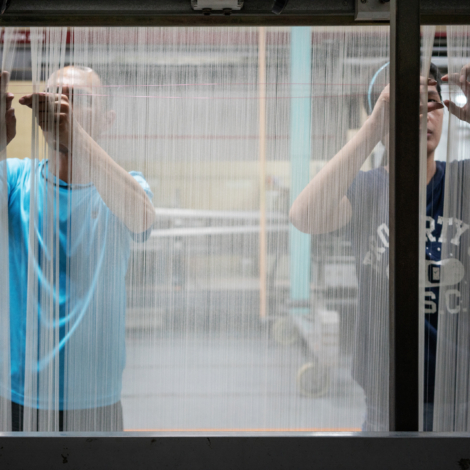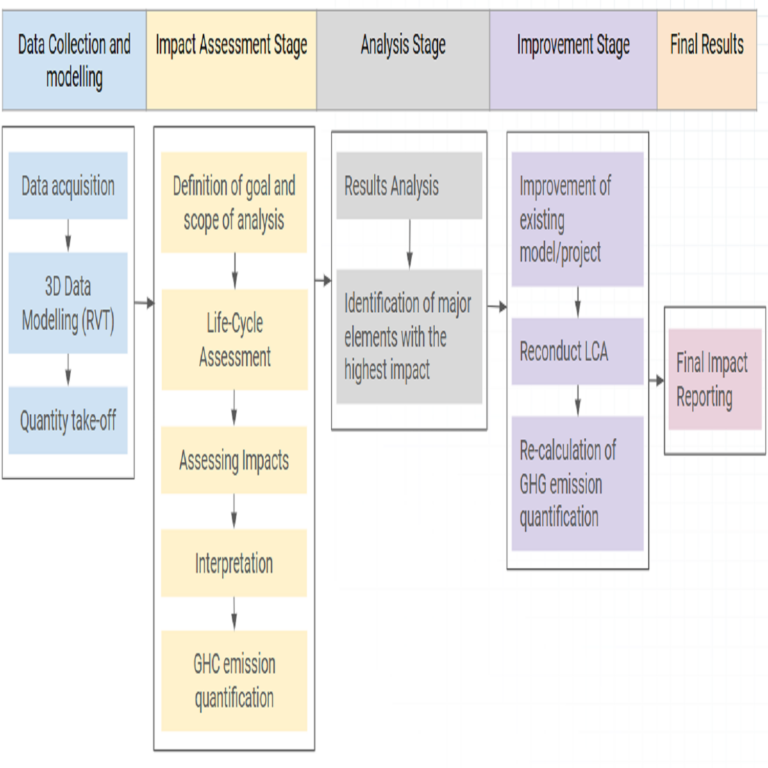Sustainably produced textiles are often too expensive for low-income and under-served communities. The difference creates a gap between sustainability and affordability in which most of the world’s population may be priced out of sustainable products.
The Swiss handbag and backpack brand QWSTION has taken one step across the gap with its Bananatex® textiles woven from banana leaf fibers. QWSTION’s proprietary fabric is derived from the natural fibers of Abacá banana plants, cultivated in the Philippine highlands. To narrow the price gap in sustainable products, QWSTION egages the underserved communities that farm Abacá banana plants. The manufacturer designed a means of producing a sustainable textile, pays fair prices for the work and open-sourced the process to encourage adoption of the fabric.
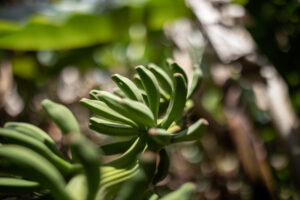 |
 |
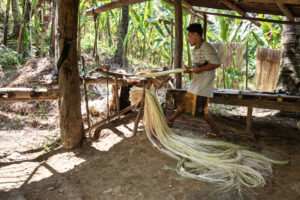 |
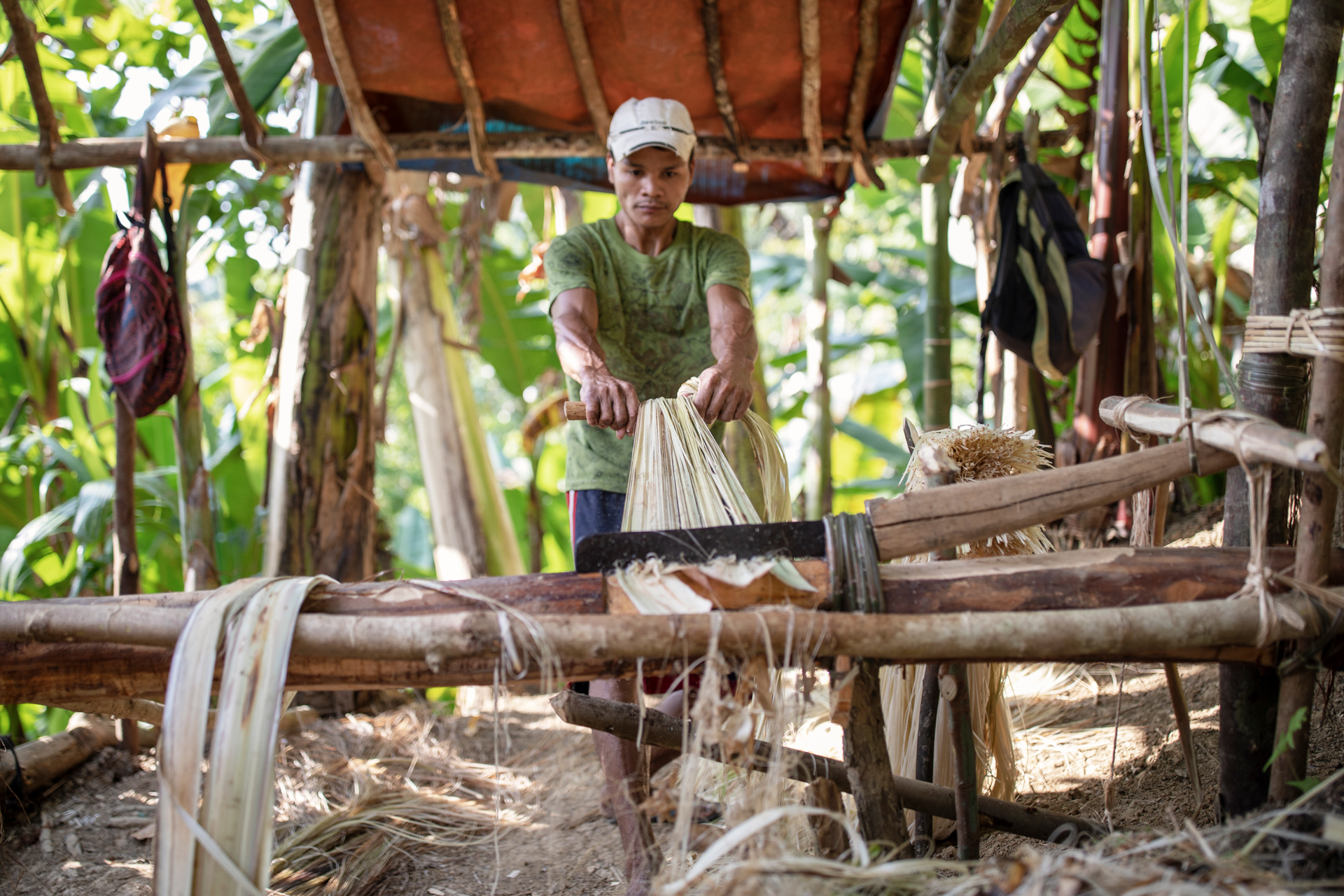
Photos: Lauschsicht, published with permission
Three years of R&D
QWSTION launched its mission to build sustainable backpacks when the company began using 100% organic cotton in their shell fabric. Then in 2015, QWSTION’s continued pursuit of sustainability led to their discovery of a plant within the banana family known as “Banana Hemp” or “Abacá.” (Fun fact, the banana plant is not a tree, it is an herbaceous perennial). The plant’s potential became apparent. Cultivated within a natural ecosystem of sustainable mixed agriculture and forestry, Abacá embodies strength and self-sufficiency. It requires no pesticides or excessive water, and contributes to reforestation in areas previously eroded by palm plantations. The plant simultaneously uplifts the economic prosperity of local farmers.
Three years of research and design culminated in the birth of Bananatex® – a sleek, waterproof fabric crafted from natural banana fibers. The textile combines strength, durability, lightness, and flexibility. And for water resistance, Bananatex® is coated in natural beeswax. Embracing their commitment to creating sustainable impact, QWSTION has made Bananatex® production an open-source process, encouraging other brands to adopt this fabric.
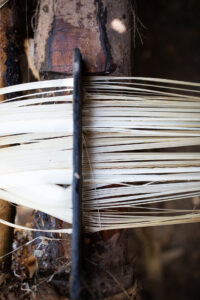 |
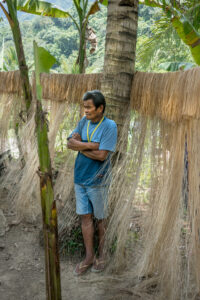 |
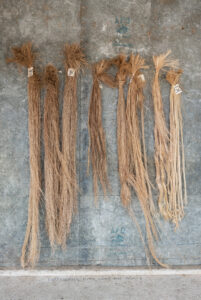 |
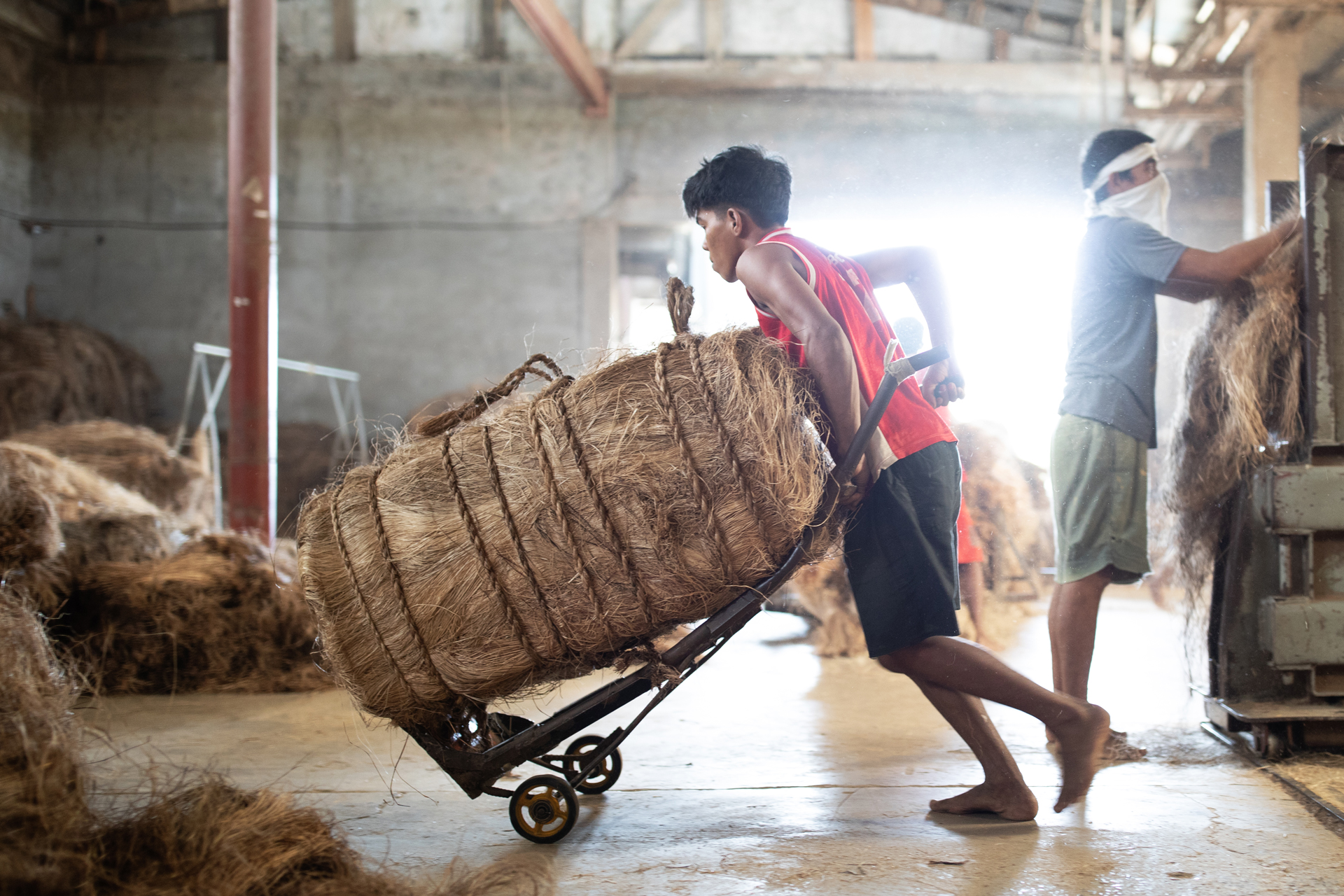
Photos: Lauschsicht, published with permission
Since its launch in 2018, Bananatex® has won international sustainability and design awards such as the Green Product Award 2019, the Design Prize Switzerland Award 2019/20 as well as the German Sustainability Award Design 2021.
QWSTION took another major step in December 2021 when the Bananatex® fabric was Cradle to Cradle Certified® Gold, the most advanced standard globally for products that are safe, circular and responsibly made.
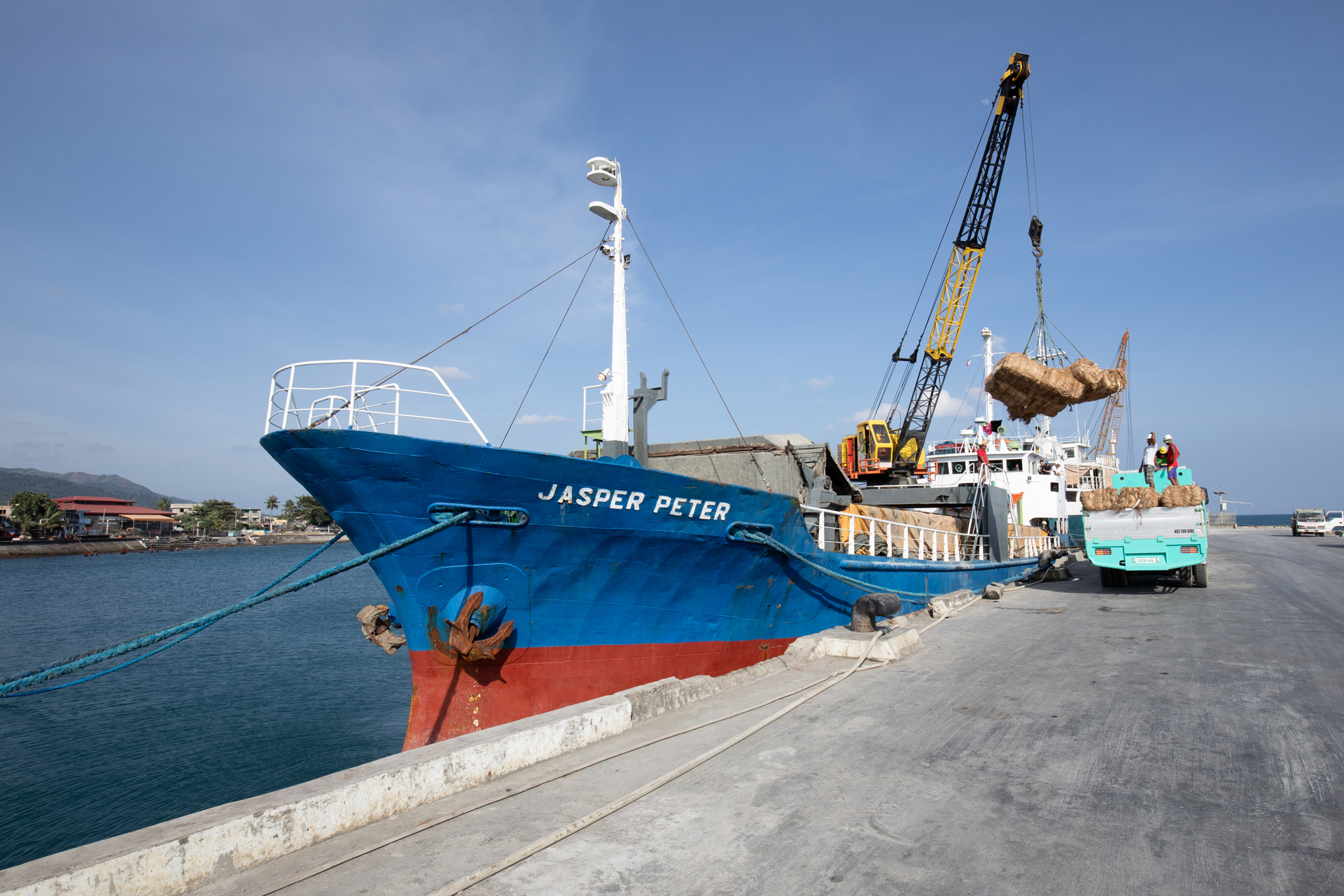
Photos: Lauschsicht, published with permission
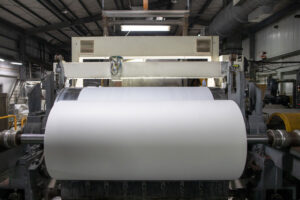 |
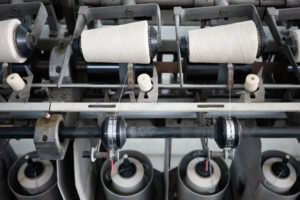 |
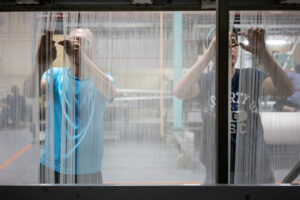 |
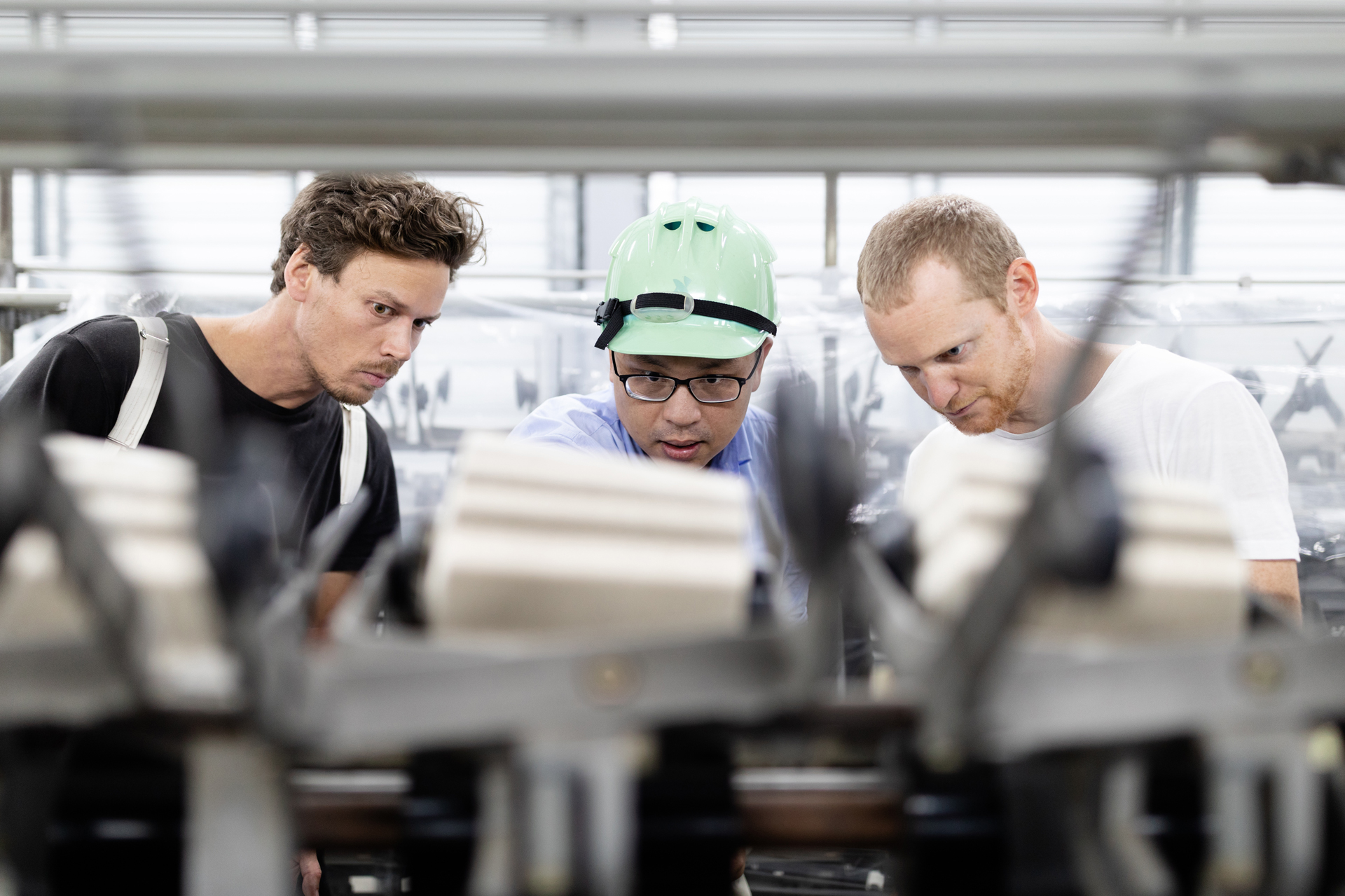
Photos: Lauschsicht, published with permission
A growing movement
Bananatex® is part of a growing movement that emphasizes innovative materials for sustainable solutions. QWSTION stands alongside other companies such as Green Banana Paper, Baluk Arts, Srishti Handlooms, Nelumbo, and Mar Y Lana, that are also exploring the potential of banana fibers and leaves for eco-friendly products.
Green Banana Paper produces wallets, bags, and paper using banana fibers sourced locally, employing natural dyes and sustainable practices. Baluk Arts weaves intricate artworks from banana leaves, blending traditional techniques with contemporary art forms. Srishti Handlooms from India creates textiles like bags, table runners, and mats from banana stems, providing eco-friendly alternatives. Nelumbo, a Cambodian fashion brand, collaborates with local artisans to craft sustainable products using traditional weaving techniques. Mar Y Lana, a Mexican brand, combines banana fibers with wool to create biodegradable accessories. These companies collectively reflect a growing interest in sustainable practices and materials, aligning with QWSTION’s commitment to innovative and eco-friendly solutions.
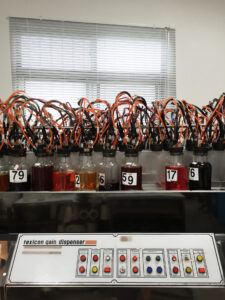 |
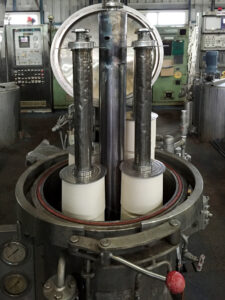 |
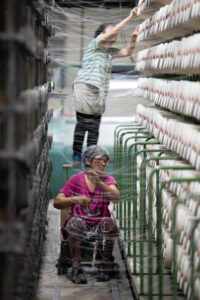 |
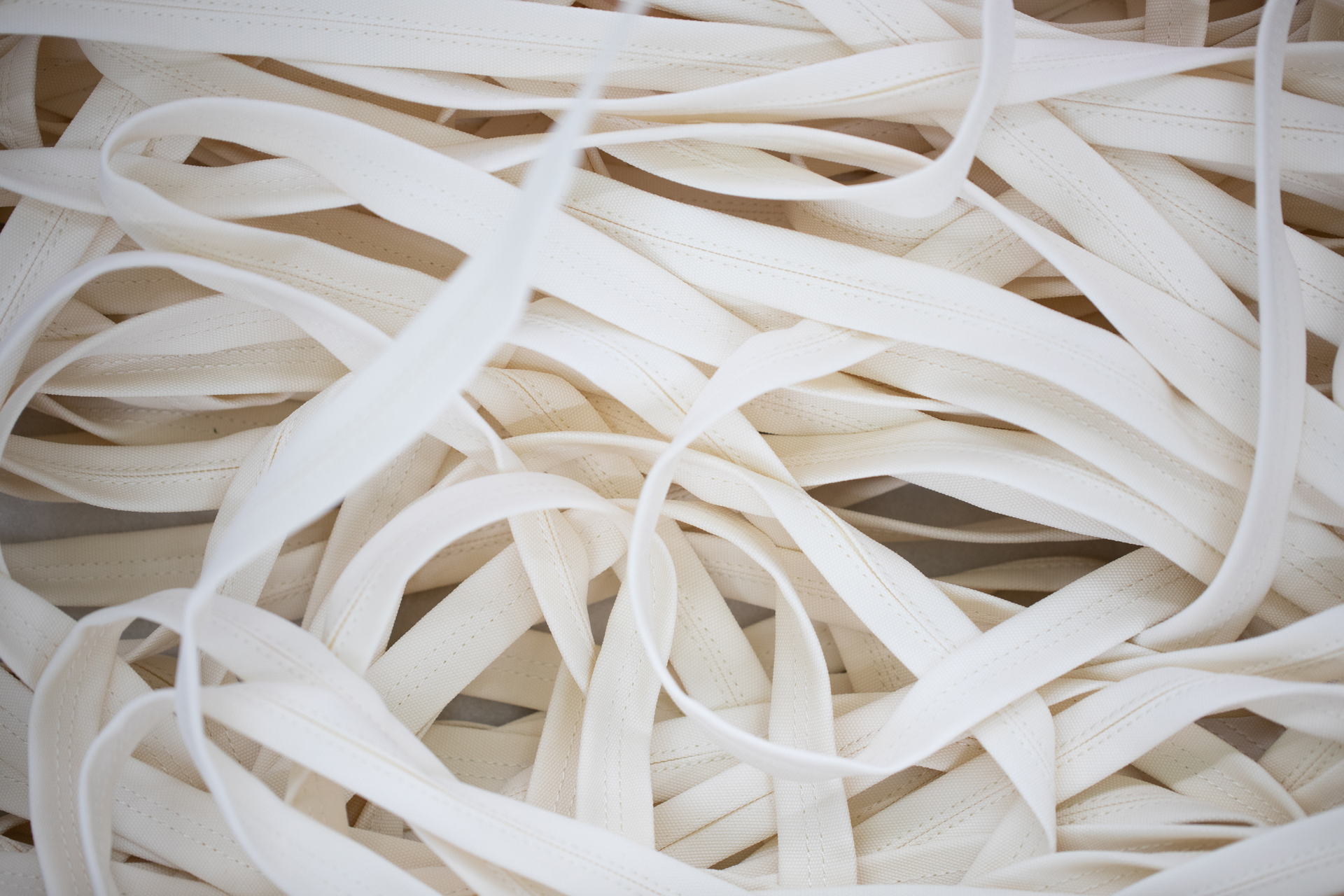
Photos: Lauschsicht, published with permission
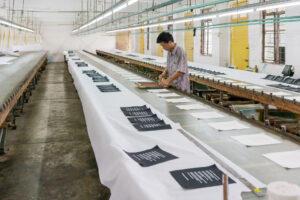 |
 |
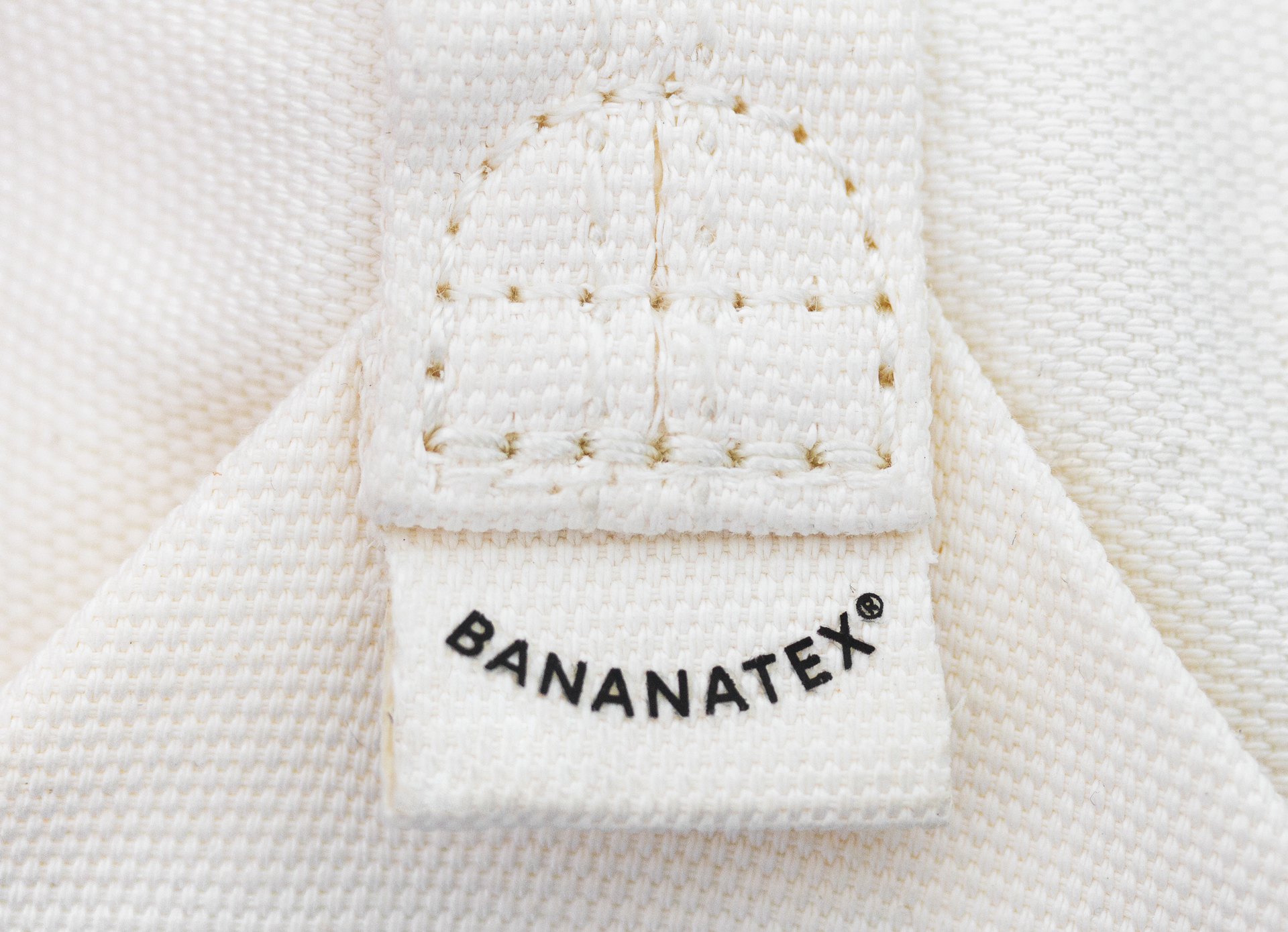
Photos: Lauschsicht, published with permission
Scrutinizing the impact of sustainable textiles on communities
Community engagement is a step toward closing the gap, but It’s not clear that the communities that produce the materials woven into QWSTION ‘s backpacks could actually afford to buy those backpacks. A question emerges: Are the proceeds from these premium products being reinvested to uplift the communities where these fibers are sourced? An assessment of the broader impact on the communities involved remains essential. Transparency in how these companies allocate their profits and engage with the communities is crucial to determining the socio-economic contributions.
Asking questions and seeking answers can stimulate a dialogue that goes beyond the aesthetic and environmental appeal of sustainable products.
About the author
Arianna Andino is a former Engineeing for Change Fellow in the 2023 cohort, and an industrial engineer based in Quito, Ecuador.
